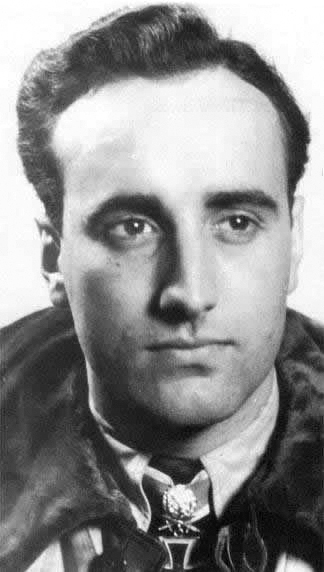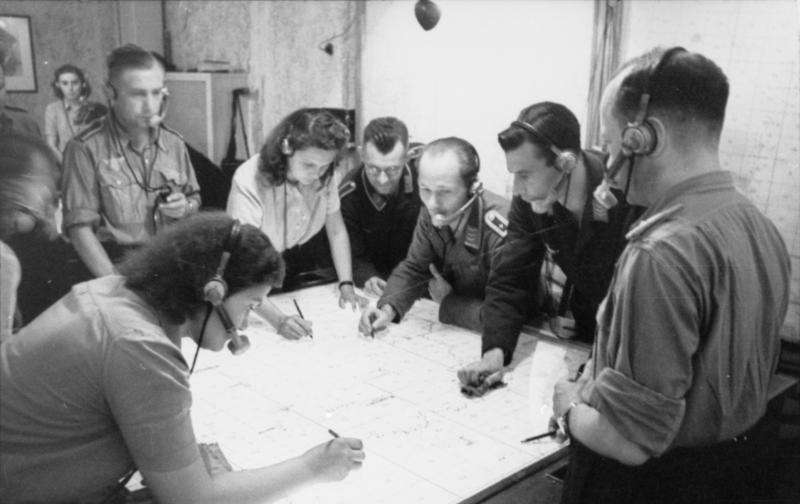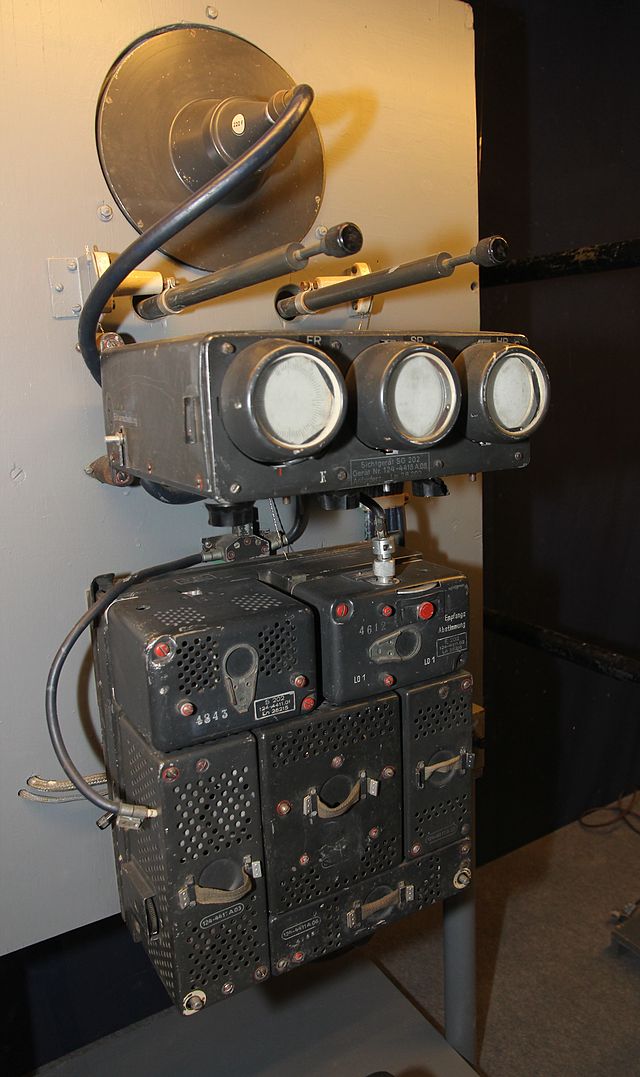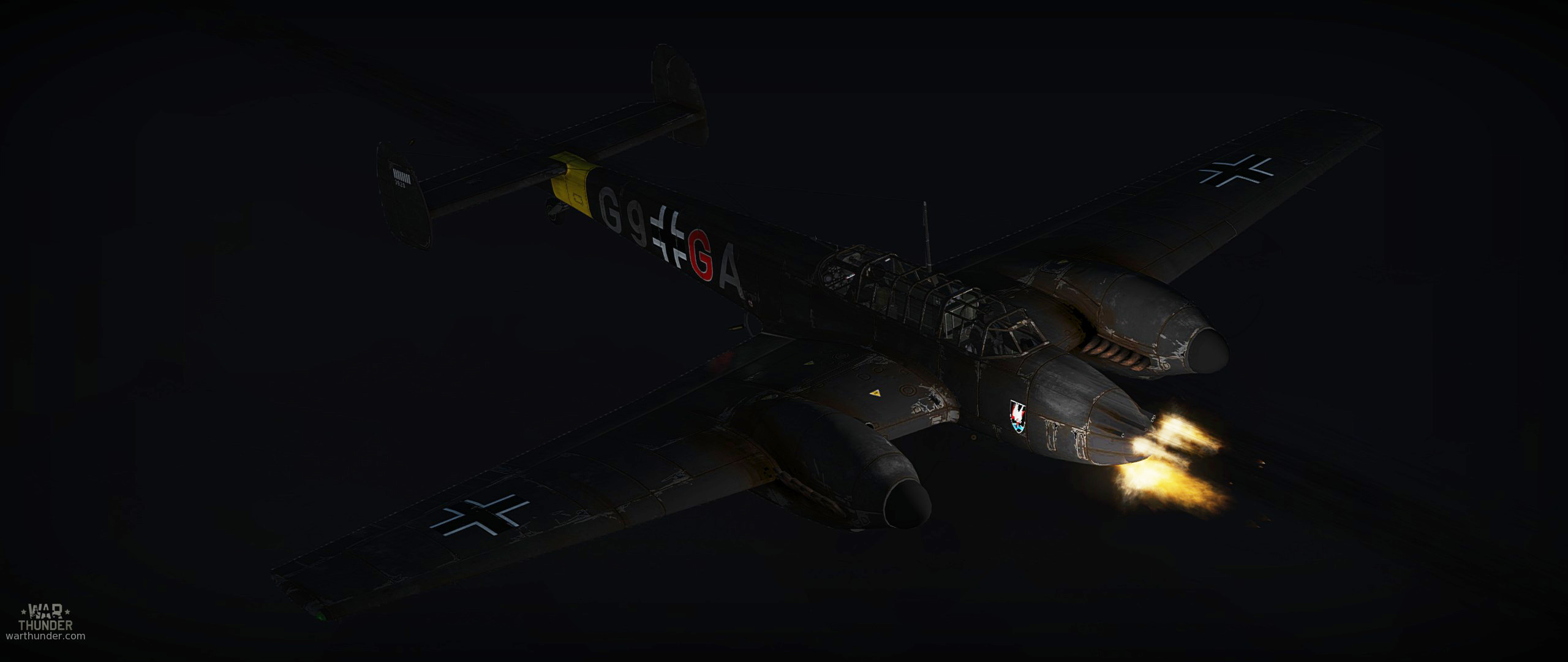
- For PC
- For MAC
- For Linux
- OS: Windows 7 SP1/8/10 (64 bit)
- Processor: Dual-Core 2.2 GHz
- Memory: 4GB
- Video Card: DirectX 10.1 level video card: AMD Radeon 77XX / NVIDIA GeForce GTX 660. The minimum supported resolution for the game is 720p.
- Network: Broadband Internet connection
- Hard Drive: 17 GB
- OS: Windows 10/11 (64 bit)
- Processor: Intel Core i5 or Ryzen 5 3600 and better
- Memory: 16 GB and more
- Video Card: DirectX 11 level video card or higher and drivers: Nvidia GeForce 1060 and higher, Radeon RX 570 and higher
- Network: Broadband Internet connection
- Hard Drive: 95 GB
- OS: Mac OS Big Sur 11.0 or newer
- Processor: Core i5, minimum 2.2GHz (Intel Xeon is not supported)
- Memory: 6 GB
- Video Card: Intel Iris Pro 5200 (Mac), or analog from AMD/Nvidia for Mac. Minimum supported resolution for the game is 720p with Metal support.
- Network: Broadband Internet connection
- Hard Drive: 17 GB
- OS: Mac OS Big Sur 11.0 or newer
- Processor: Core i7 (Intel Xeon is not supported)
- Memory: 8 GB
- Video Card: Radeon Vega II or higher with Metal support.
- Network: Broadband Internet connection
- Hard Drive: 95 GB
- OS: Most modern 64bit Linux distributions
- Processor: Dual-Core 2.4 GHz
- Memory: 4 GB
- Video Card: NVIDIA 660 with latest proprietary drivers (not older than 6 months) / similar AMD with latest proprietary drivers (not older than 6 months; the minimum supported resolution for the game is 720p) with Vulkan support.
- Network: Broadband Internet connection
- Hard Drive: 17 GB
- OS: Ubuntu 20.04 64bit
- Processor: Intel Core i7
- Memory: 16 GB
- Video Card: NVIDIA 1060 with latest proprietary drivers (not older than 6 months) / similar AMD (Radeon RX 570) with latest proprietary drivers (not older than 6 months) with Vulkan support.
- Network: Broadband Internet connection
- Hard Drive: 95 GB
Bf 110C-4, NJG 1 Luftwaffe. Arnhem, Netherlands, Fall 1940.
camouflage by SuchDogeVeryAce | download here
Born in Calw in the rural Baden-Württemberg in Southern Germany in February 1922, Heinz-Wolfgang Schanufer was the oldest of the four children of Alfred Schnaufer; an engineer turned wine merchant. The young Heinz-Wolfgang excelled both physically and mentally; a gifted academic, he also stood out from his peers in terms of his sporting achievements. His future career was perhaps already set in stone from a relatively early age – as a boy he expressed a desire both to join the German Youth organization and to fly gliders. A love of the two fuelled his desire for both a life in the military and a career in aviation.
 |
| Heinz-Wolfgang Schnaufer |
With a strong academic background behind him, it came as no surprise when he passed the entrance exams to become an officer in the Luftwaffe, joining in November 1939 shortly before his eighteenth birthday. After completing his basic military training in physical training, weapon handling, drill and field craft he began flying training in April 1940. Commissioned as a Leutnant a year later, he was selected for multi-engined fighter training as a Zerstörer or ‘destroyer’ pilot on the heavy Bf110 fighter.
By April 1941 the initial successes enjoyed by the Bf110 were long gone; the aircraft’s weaknesses had been exploited and it was now showing serious weaknesses as a day fighter. However, with the threat from RAF Bomber Command’s increasingly regular night raids growing steadily and the Bf110 showing real suitability for combating this, Schanufer volunteered for training as a night fighter. Finally, in November 1941, Schnaufer arrived as a newly qualified pilot with II./NJG 1, No.2 Group of Night Fighter Wing 1. However, a period of particularly bad weather led to Schnaufer seeing relatively few operational sorties over the dark winter of 1941-42.
Schnaufer’s Gruppe was relocated to Koksijde in Belgium in February 1942, and Schnaufer was involved in the vast aerial umbrella which provided protection to Scharnhorst, Gneisenau and Prinz Eugen during Operation Cerberus. After being transferred to the Stab (Headquarters staff element) of II./NJG 1, Schnaufer shot down his first enemy aircraft – a Handley Page Halifax – on the night of 1st/2nd June 1942. Whilst attempting an attack on a second British bomber, Schnaufer’s Bf110 was hit by return fire – he was wounded in the leg, lost rudder authority and had one of his fighter’s engines set ablaze. Managing to put out the fire, Schnaufer returned to his airfield – he and his radio operator Friedrich Rumpelhardt were both awarded the Iron Cross Second Class for their first aerial victory.
 |
| Radio control center for night fighters. |
After recovering from his leg wound, Schnaufer’s successes would soon start to mount. On the night of August 1st he shot down two Wellingtons and a Whitley in a little over an hour, for which he was awarded the Iron Cross First Class. By the end of the month – now assisted in the role by the new Lichtenstein airborne radar – Schnaufer shot down his fifth bomber to become an ace; by the end of 1942 he was credited with seven kills. With Rumpelhardt absent through illness and various professional courses for much of 1943, Schnaufer flew with a succession of other radio operators. His expertise growing with each mission, Schnaufer’s tally was also on the rise. On the night of May 29th/30th he again achieved three victories in a single sortie – this feat was repeated yet again on June 29th. With seventeen night kills, Schnaufer was promoted to Oberleutnant on July 1st.
The next month, Schnaufer was posted to IV./NJG 1, operating from Leeuwarden in the Netherlands. Appointed the unit’s new Staffelkapitän, he was also awarded the German Cross in Gold shortly afterwards. With standard operating procedure for the German night fighter force evolving, the crew of the Bf110 in the night fighter role was increased to three and Schnaufer and his radio operator now found themselves accompanied by an air gunner. The next stage in the evolution of the night fighter was more extreme – Schnaufer was one of the first pilots to trial the new upward firing Schräge Musik cannons fitted to the German night fighters.
 |
| Lichtenstein UHF-band cathode-ray display. |
On the night of December 31st, now reunited with Rumpelhardt, Schnaufer shot down his 42nd enemy aircraft and was awarded the Knight’s Cross. However, Schnaufer was forced to take a break from flying for several weeks in early 1944 when, having been grounded due to appendicitis, be also burst his stitches and saw a second period of inactivity whilst recovering. He returned to front line duties in March 1944 as Gruppenkommandeur of IV./NJG 1, a posting which was backed up with a promotion to Hauptmann in May. On the night of May 25th he shot down five British bombers in a single night. Four kills on the night of June 22nd saw the addition of Oak Leaves to his Knight’s Cross. It was only a little over a month until the much coveted Swords were also added to his Knight’s Cross – presented by Hitler himself – whilst his radio operator and gunner were also awarded the Knight’s Cross, leading to the trio being the most highly decorated night fighter crew in history. On the night of October 9th, Schnaufer shot down his 100th aircraft – he was awarded the Knight’s Cross with Oak Leaves, Swords and Diamonds.
At the age of 22 – and with the German night fighter force regularly re-basing as they retreated in the face of the advancing allies – Schnaufer was made the youngest Geschwaderkommodore in the entire Luftwaffe, taking command of NJG 4 in late November. By the end of the year his tally had increased to 106, overtaking Helmut Lent to become the most successful night fighter in the world. In February he was informed by Herman Goering that he would be made Inspector of the Night Fighter Force, but Schnaufer requested to remain in his position as a front line pilot. Arguably his greatest achievement occurred on February 21st 1945 – he shot down two Lancaster bombers in the early hours; relaunching for a second sortie late in the evening he claimed seven Lancasters destroyed in 19 minutes – totaling nine bombers in a 24 hour period. His last kill was claimed on March 8th – his 121st victory.
After a period of testing the Dornier Do 335 for its suitability as a night fighter, Schnaufer was captured by advancing British forces in May 1945. He was interrogated with great interest by the RAF before being released. Schnaufer returned to his home to help his mother with the family wine business following the armistice. In July 1950, whilst on a business trip to France, Schnaufer was involved in a car crash near Bordeaux. After remaining unconscious for two days, he passed away on July 15th; he was 28 years old. With only 1100 flying hours logged, Heinz-Wolfgang Schnaufer was the most successful night fighter ace in aviation history.
About The Author
 |
Mark Barber, War Thunder Historical Consultant Mark Barber is a pilot in the British Royal Navy's Fleet Air Arm. His first book was published by Osprey Publishing in 2008; subsequently, he has written several more titles for Osprey and has also published articles for several magazines, including the UK's top selling aviation magazine 'FlyPast'. His main areas of interest are British Naval Aviation in the First and Second World Wars and RAF Fighter Command in the Second World War. He currently works with Gaijin Entertainment as a Historical Consultant, helping to run the Historical Section of the War Thunder forums and heading up the Ace of the Month series. |




